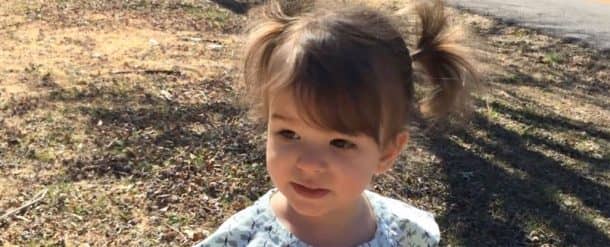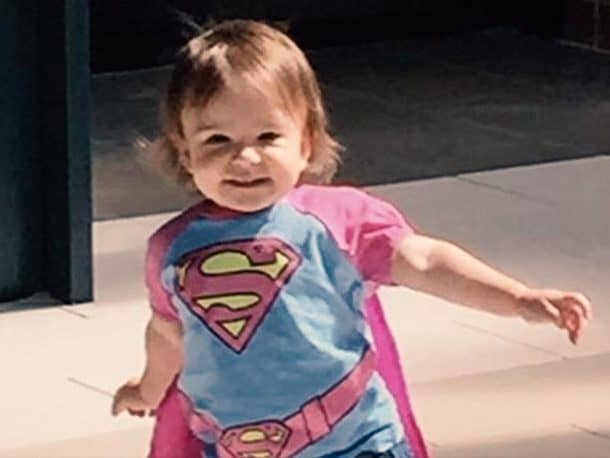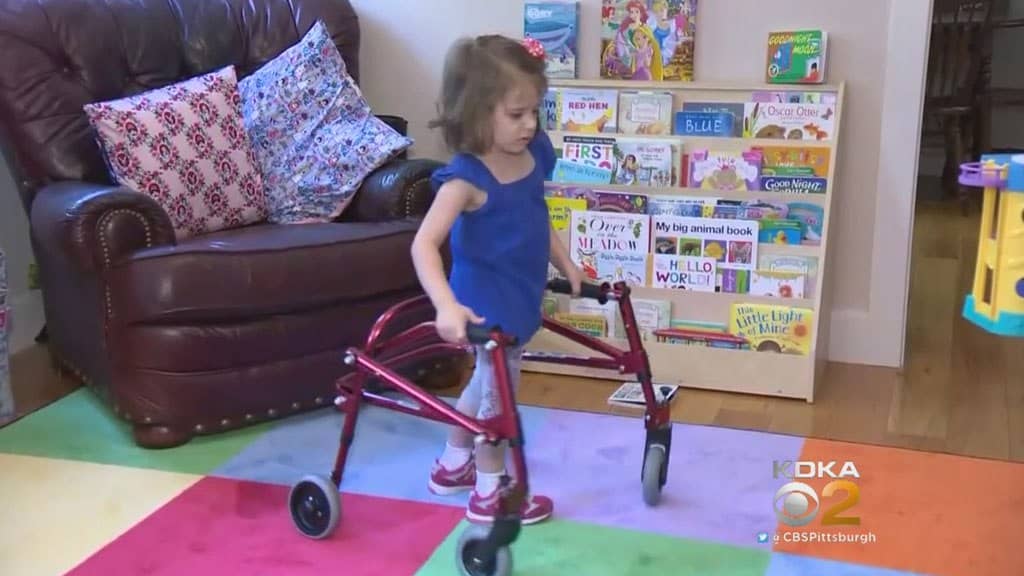Researchers from the US have reported brain damage reversal in a 2-year-old toddler through experimental oxygen therapies. Eden Carlson drowned in a backyard pool after breaking through a baby gate, leaving her unable to speak, walk, talk, or respond to voices. After drowning, her heart did not beat for two hours, and her brain showed deep gray matter injury and cerebral atrophy. All the little girl could do was squirming around and shaking her head.

The team of researchers from LSU Health New Orleans and the University of North Dakota has managed to reverse the brain damage significantly through a course of oxygen treatment that included the hyperbaric oxygen therapy (HBOT). A hyperbaric specialist from LSU Health New Orleans School of Medicine, Paul Harch says, “The startling regrowth of tissue, in this case, occurred, because we were able to intervene early in a growing child, before long-term tissue degeneration.”
In the February of 2016, Eden slipped through a baby gate and got to the family swimming pool in the backyard, while her mother was showering. The baby had already experienced a cardiac arrest, as she stayed in water for 15 minutes before she was discovered by her mother. She was resuscitated 2 hours later by doctors at Washington Regional Medical Centre in Fayetteville, Arkansas.

Eden was discharged from the hospital after 48 days of critical care, but the normobaric oxygen therapies for the brain damage continued. In this process, a sealed pressurized chamber is used to administer oxygen to the patient’s brain at a higher pressure than that of the atmosphere, which can revive normal levels of blood gases and repair damaged tissues.
After the normobaric oxygen therapies had shown results, Eden was moved to New Orleans for hyperbaric oxygen therapy. Just 39 more days of therapy resulted in the reversal of many signs of muscular dystrophy and brain damage. Nearly 162 days after she drowned, an MRI showed mild residual injury to her brain, but overall she exhibited incredible recovery that has been “unreported with any therapy.”
The combination of normobaric therapy with hyperbaric therapies has managed to promote brain cell survival and reduced inflammation, but Harch says, “Although it’s impossible to conclude from this single case if the sequential application of normobaric oxygen with HBOT would be more effective than HBOT alone, in the absence of HBOT therapy, short duration, repetitive normobaric oxygen therapy may be an option until HBOT is available.”
Source: LSU Health New Orleans


